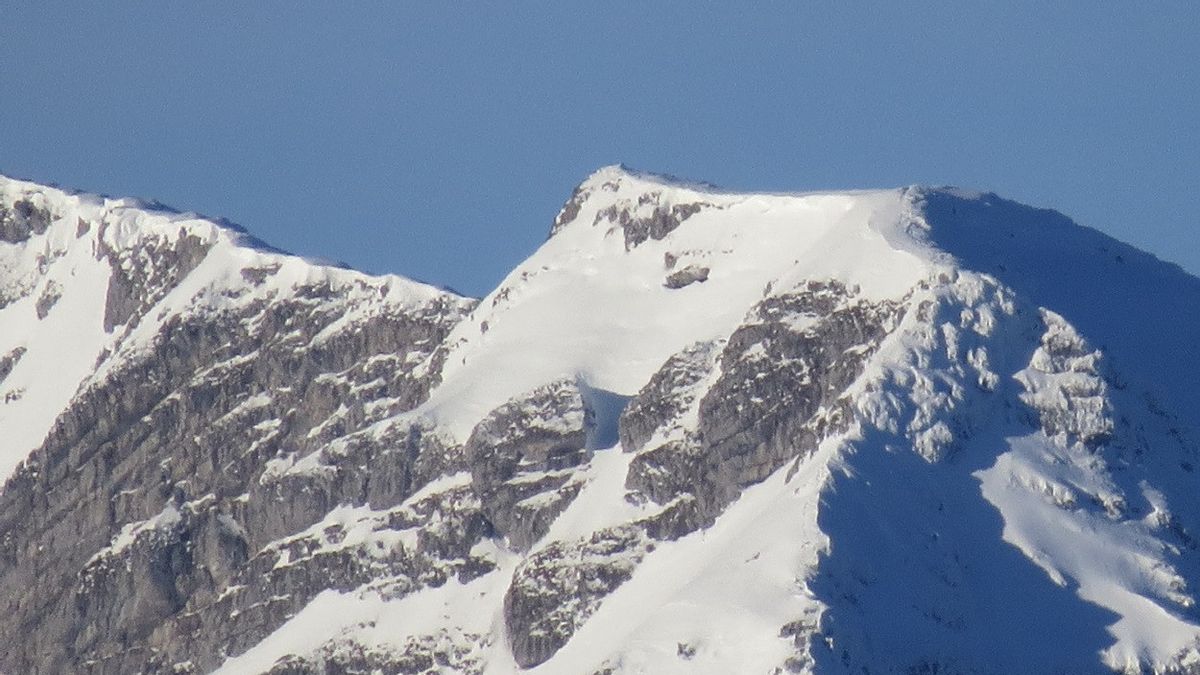JAKARTA - A project dubbed 'Europe's largest glacier ski resort' has the potential to disrupt some of the continent's last wilderness areas, with scores of people committing to halt construction.
A megaproject to link two ski resorts called the Pitztal Glacier and the tztal/Sölden Glacier in Tyrol, Austria places the glaciers here at risk of extinction. Climate change has accelerated the melting of glaciers in the Alps, endangering the biodiversity that depends on them.
The six-year construction will dramatically change the natural landscape. Some of it must occur directly on the glacier at an altitude of more than 2,800 meters.
WWF Austria stated in a report that the project aims to build three new ski lifts, a restaurant and bar (for up to 1600 guests), a tunnel (600 m long, 7 m diameter) to an additional artificial snow system. This will require the use of 35,000 m3 of concrete and the blasting of 750,000 m of rock, earth and ice.
The massive construction project will stretch all the way to the Linker Fernerkogel, a pristine mountain with three glaciers.
"If you do a construction project of this size up there, you turn a wild and pristine high mountain landscape into an industrial landscape," said Benjamin Stern, an Austrian Alpine Association employee, citing Euronews Dec. 31.
He was an active member of the growing civil resistance that tackled the project. Outdoor clothing brand Patagonia also joined in by releasing a documentary about the movement.
"Once this devastation occurs, this natural mountainous area will be lost forever, lost to nature, for us and the next generation," explains the brand's snow ambassador and backcountry snowboarder, Mitch Tölderer.
To note, vast biodiversity is at risk including springs, rivers and native Alpine species such as the ibex, snow grouse and black grouse, to bearded vultures and golden eagles. Much of the Alpine grass and forest is an endangered habitat, protected by European Union regulations.
Severe intrusion will cause the loss of many habitats. "If the high Alpine zone disappears, a large number of species will also disappear," said Dr Brigit Sattler of the Research department of limnology at the University of Innsbruck. "This is a real horror scenario."
The English, Chinese, Japanese, Arabic, and French versions are automatically generated by the AI. So there may still be inaccuracies in translating, please always see Indonesian as our main language. (system supported by DigitalSiber.id)













